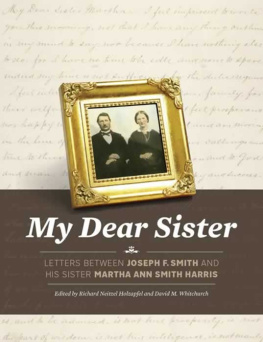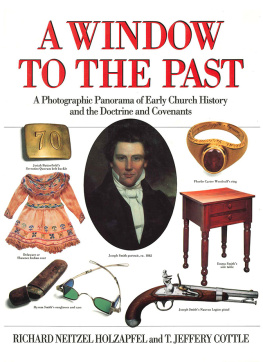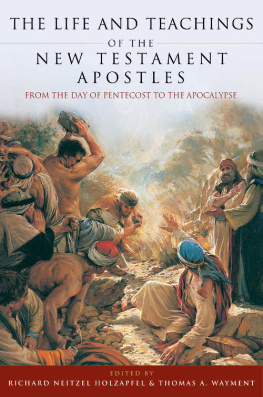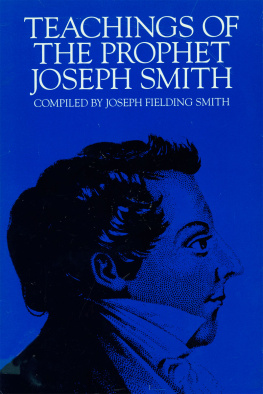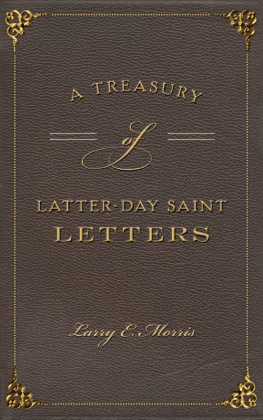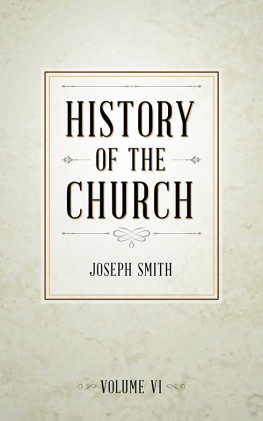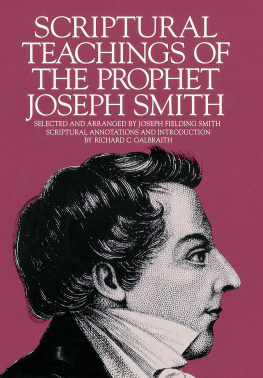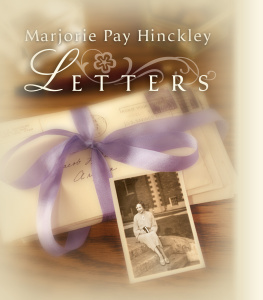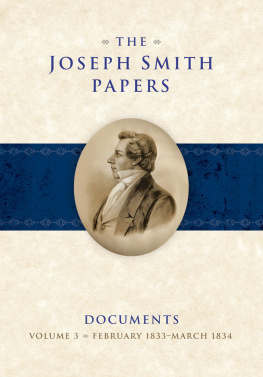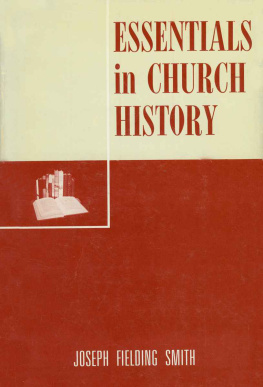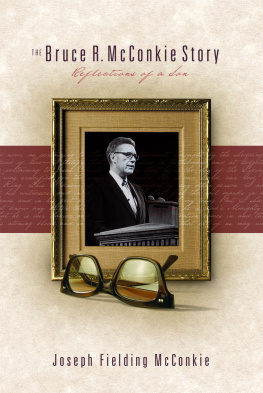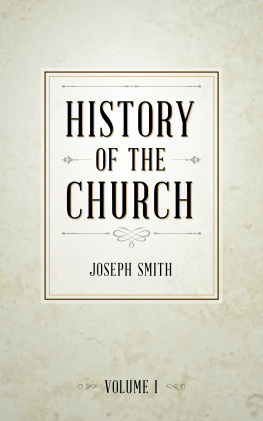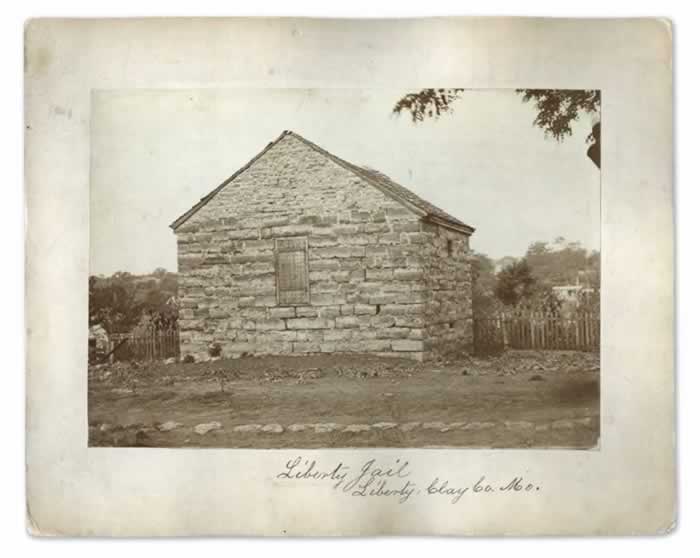Joseph F. and Martha Anns Parents
Joseph F. and Martha Ann Smiths parents were Hyrum (18001844) and Mary Fielding Smith (180152). Modern Latter-day Saints inherited that memorya memory that continues to shape our understanding of the past.
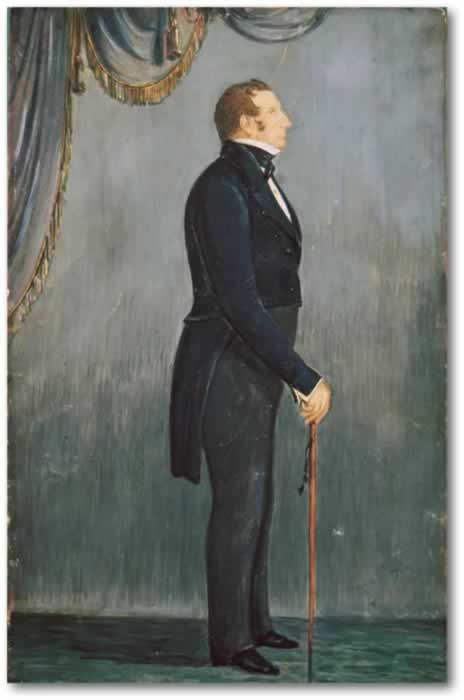
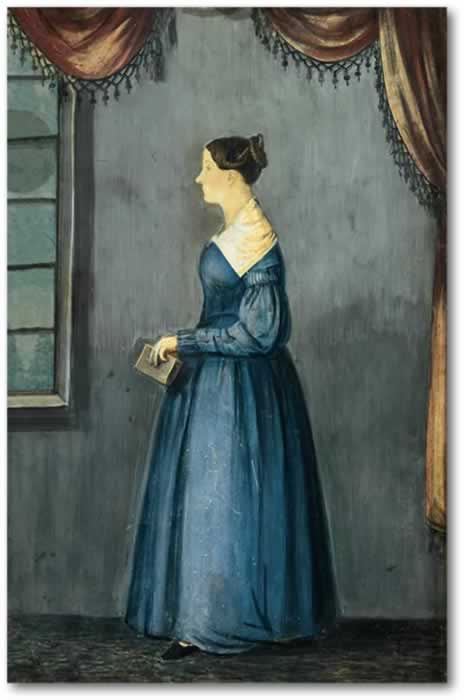
Hyrum and Mary Fielding Smith portraits, ca. 1842, by Sutcliffe Maudsley. Courtesy of CHM.
Hyrum Smith was born in Tunbridge, Orange County, Vermont.
From this and other experiences, the two brothers developed a deep bond that lasted throughout their lives.
The Smith family eventually moved from Vermont to Palmyra, Wayne County, New York. Joseph Sr. had purchased one hundred acres in nearby Manchester Township by 1820.
Hyrum and several family members, including his mother, became members of the Western Presbyterian Church of Palmyra in the early 1820s. Between 1820 and 1827, many of the founding events of the restoration of the gospel of Jesus Christ took place in New York. Eventually, the family became involved in the coming forth of the Book of Mormon (182730) and the organization of the Church of Christ (1830).
During this period, on 2 November 1826, Hyrum married Jerusha T. Barden (180537).
In 1827 Jerusha gave birth to their first child, a daughter named Lovina (182776). Nearly two years later, Hyrums brother, Joseph Smith, dictated a revelation for him, known today as Doctrine and Covenants 11. Within a month, he was baptized by his brother Joseph Smith in June 1829.
Another girl, Mary, was born (182932) to Hyrum and Jerusha on 27 June 1829. Shortly thereafter, Hyrum saw and handled the Book of Mormon plates along with seven other men who became known as the Eight Witnesses.
On 6 April 1830, Hyrum became a founding member of the Church of Christ. Jerusha was baptized shortly thereafter in June 1830.
Hyrum and Jerusha Smith. Each has an inscription on the reverse side. Hyrums card reads, Hyrum Smith Patriarh & Martyr from a Likeness taken in his 34 th year by Webber of Kirtland. Jerushas card reads, Jerusha Barden Wife of Hyruym Smith Patgriach and Mother of John Smith Patrarch. Original spelling retained. Courtesy of CHL.
As conflict and challenges intensified in New York against the Church in 1830, Hyrum and his family joined the Saints gathering in Kirtland, Geauga (renamed Lake) County, Ohio, in early 1831.
Tragically, Hyrum and Jerushas second child, Mary, died on 29 May 1832. In his diary, Hyrum recorded his grief at losing his young daughter: Not passing mutch tribulation until the 29 th of May then I was Cald to view a Scene which Brought sorrw to unto me Sorrow and mourning Even a scene of Death Mary was Cald from time to a ternity on the 29 th Day of May She expired in mine arms s Such a Day I never Before exspeirenced and O may god grant that we may meet her again At the greate Day of redemption to part no more.
Hyrum and Jerushas first son, John (18321911), was born in Kirtland on 22 September1832. Three more children were born to Jerusha and Hyrum in Ohio: Hyrum [sometimes spelled Hiram] Smith (183441) on 27 April 1834, Jerusha Smith (18361912) on 13 January 1836, and Sarah Smith (183776) on 2 October 1837.
The Smith home in Kirtland was described as affectionate and happy,... where culture and refinement were characteristic qualities.
During the Kirtland period, Hyrum continued to play a significant role in the Church. For example, in February 1832 he was appointed counselor to Bishop Newel K. Whitney. The following year he was called to be a member of the committee to supervise construction of the Kirtland Temple. Then in September 1834 he was called to the Kirtland high council. Three years later, in September 1837, he was sustained as assistant counselor in the First Presidency, and just two months later he replaced Frederick G. Williams as second counselor in the First Presidency.
During this period, Hyrum received a blessing in which he was promised, If thou desirest thou mayest bring many souls to Jesus.
Jerushas obituary in the local newspaper noted: She has left five small children together with numerous relatives to mourn her loss, a loss which is severely felt by all. Our sister was beloved and highly esteemed by every lover of truth and virtue.
Before Jerushas death, a recent convert named Mary Fielding (180152) arrived in Kirtland from Toronto, Upper Canada (generally comprising present-day southern Ontario), where she and her brother Joseph (17971863) and her sister Mercy (180793) had been converted and baptized. The Fieldings had migrated to Canada from England.
Mary Fielding was born on 21 July 1801, at Honeydon, Bedfordshire, England.
On 24 December 1837, following the death of Jerusha, Mary Fielding (age thirty-six) and Hyrum (age thirty-seven) were married.
In 1838 Hyrum and Mary took their family to the new Church gathering place of Far West, Missouri.
Several encounters occurred during the conflict, including the Battle of Crooked River, which left three Latter-day Saints and one Missourian dead, and the Hawns Mill massacre, which left seventeen Latter-day Saint men and boys dead and another fourteen wounded.
Just days before the Hawns Mill massacre, after hearing exaggerated reports about a full-scale rebellion in northern Missouri, Governor Lilburn W. Boggs (17961860) issued Executive Order 44, also known as the extermination order, authorizing the expulsion of all Latter-day Saints from the state. In the end, as word spread of Boggss executive order, attacks on the Latter-day Saints ended when their enemies realized the Latter-day Saints would now be forced to move beyond state boundaries.
Hyrum and Joseph were arrested by state militia officers at Far West, Caldwell County, on 31 October. After a short stop in Jackson County, they were held almost one month (429 November) in the Richmond Jail in Ray County and just over four months (1 December 18386 April 1839) in Liberty Jail in Clay County.
Liberty Jail, ca. 1878, photograph by J. T. Hicks. Joseph F. received this image on 8 September 1878. An inscription on the back notes, From Miss Josie Schweich Richmond, Ray Co. MO. grand-daughter of D. Whitmer. Courtesy of CHL.
The conditions in this filthy jail during the winter of 183839 were horrific. Joseph and Hyrum were at times lonely, hungry, cold, sick, and despondent. Josephs description paints a terrible scene:
Thursday night I sat down just as the sun is going down, as we peak throu the greats of this lonesome prision, to write to you, that I may make known to you my situation. It is I believe now about five months and six days since I have bean under the grimace, of a guard night and day, and within the walls grates and screeking of iron dors, of a lonesome dark durty prison. With immotions known only to God, do I write this letter, the contemplations, of the mind under these circumstances, defies the pen, or tounge, or Angels, to discribe, or paint, to the human mind being, who never experiance what I we experience. This night we expect; is the last night we shall try our weary joints and bones on our dirty straw couches in these walls, let our case hereafter be as it may, as we expect to start tomorrow.... we cannot get into a worse hole then this is, we shall not stay here but one night besides this if that thank God, we swall never cast a lingering wish after liberty in clay county Mo. we have enough of it to last forever.

